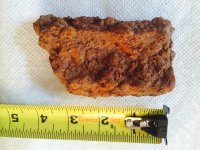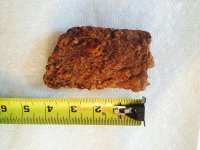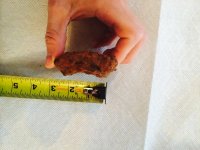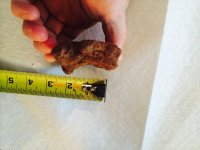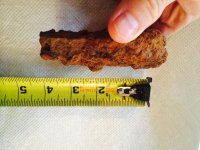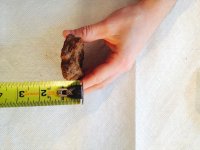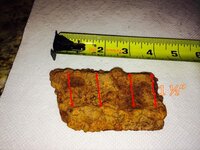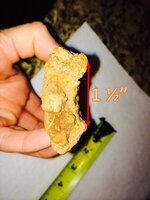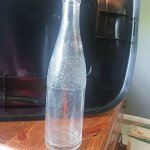agent132
Greenie
- Mar 20, 2014
- 16
- 2
- Detector(s) used
- Garett ACE 350
- Primary Interest:
- All Treasure Hunting
Found this on my latest excursion. It was about 4 inches, maybe 5 inches deep at the base of a ravine not far from Ball's Bluff. At first I thought it could be old pipe but there aren't any pipes in that area (heavily wooded area). Can anyone help me positively ID it as CW cannon or artillery frag ?
?
 ?
?


